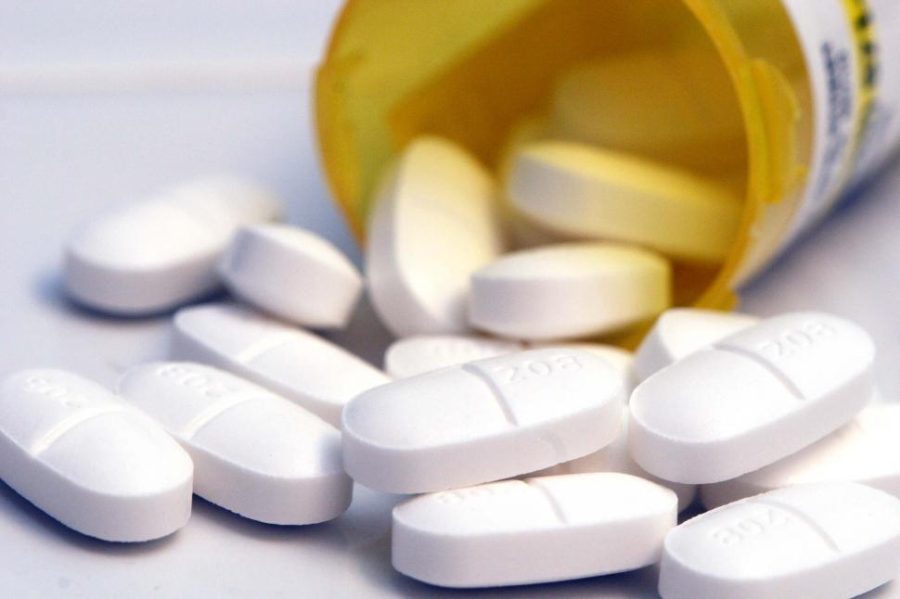Combatting COVID: New Treatments, Same Disease
For the past 2 years we’ve been living in a theater of ambiguity: petrified of the known and far more, the unknown. For the past 2 years our unwanted entanglement with COVID has fostered great sadness, new hope, and a world of change. And for the past 2 years we’ve shared a feeling of loss: the loss of celebrating milestones, the loss of maskless days, the loss of human touch, the loss of lives. But what divided us was exactly what unified us, with a heavy call to action on pharmaceuticals, scientists, epidemiologists, and researchers to develop a remedy.
And that’s exactly what they did; by the new year, vaccine roll out commenced and was and has continued to be a frontline priority for the federal government. According to Our World Data, 470 million doses have been administered, with 59.9% of the population having received both doses. Moreover, the already vaccinated have started lining up for the booster, especially following news of the recent Omicron variant.
These vaccines have been proven to provide a level of protection against our indiscernible foe, but what about those who have already contracted the virus? Is hospitalization and bed rest their sole option? With the mention of a COVID-19 pill sitting on the horizon maybe — or maybe not.
Pharmaceutical giants Merck and Pfizer have taken off on an arms race to develop an antiviral COVID-19 pill: a simple “at-home” treatment in response to the emergence of COVID symptoms.
By narrow margins, the new pill, molnupiravir, was approved by the FDA. According to Science News, clinical trials displayed promising results: Of the 7.3% of people who were given the drug, none died. Additionally, 14.1% who received the placebo (no drug) were hospitalized with 8 later dying. These results were so encouraging that the trial stopped early in hopes to get the drug to the public faster. But this doesn’t ensure that everything is up from here.
For one thing, when all the results of the trial were revealed, Merck broke the news that the reduction in risk (of death and hospitalization) fell to 30% from the previous estimate of 48%, as stated by Science News although it does still show effectiveness. Besides this unfortunate turn in efficacy rate, the molnupiravir drug has led to two main calls of outcry: First, It may cause birth defects if taken by pregnant women and second it may, dangerously, breed new COVID variants. While the tie between the pill and pregnancy is still being investigated, many are concerned that because the pill makes mutations of the virus, it could cause the virus’ spike protein, the part of the virus that causes infection, to alter and thus lead to new variants.
Although Merck seems to be treading in deep waters, Pfizer’s experience with the pill hasn’t been all cut and dry either. The Pfizer pill is required to be taken alongside an HIV drug, ritonavir, which bars those with existing medical conditions from taking the pill. And just like Merck, their pill can’t prevent new mutations from spawning. The Pfizer pill only targets what’s known as the protease enzyme, which helps slow the spread of the virus once in the body, but it does not target the polymerase enzyme, which controls genetic material, causing mutations. Nevertheless, Pfizer claims that their pill will be effective against the new arrival of the Omicron variant and that it has an 89% effectiveness when it comes to reducing hospitalization and deaths.
So with all this information thrust into the public, what’s the consensus? On one hand, this at-home pill, in addition to vaccines and masks, can take pressure off of health care systems, and help flatten potential infectious surges. Plus, the somewhat positive trial results are something to look up to. But on the other, there’s an array of complications and skepticism that still has a firm grasp on this issue. Seeing as it has already been approved for emergency use in the UK, we may follow suit, but that guarantee lies hanging.
So, unfortunately, the unsatisfying conclusion may just be to wait. To wait for further trial results and experts to weigh in. To wait for a verdict to be reached. But as we patiently watch those above scurry to make a decision, we must rely on the tools we have to combat our concealed rival.


